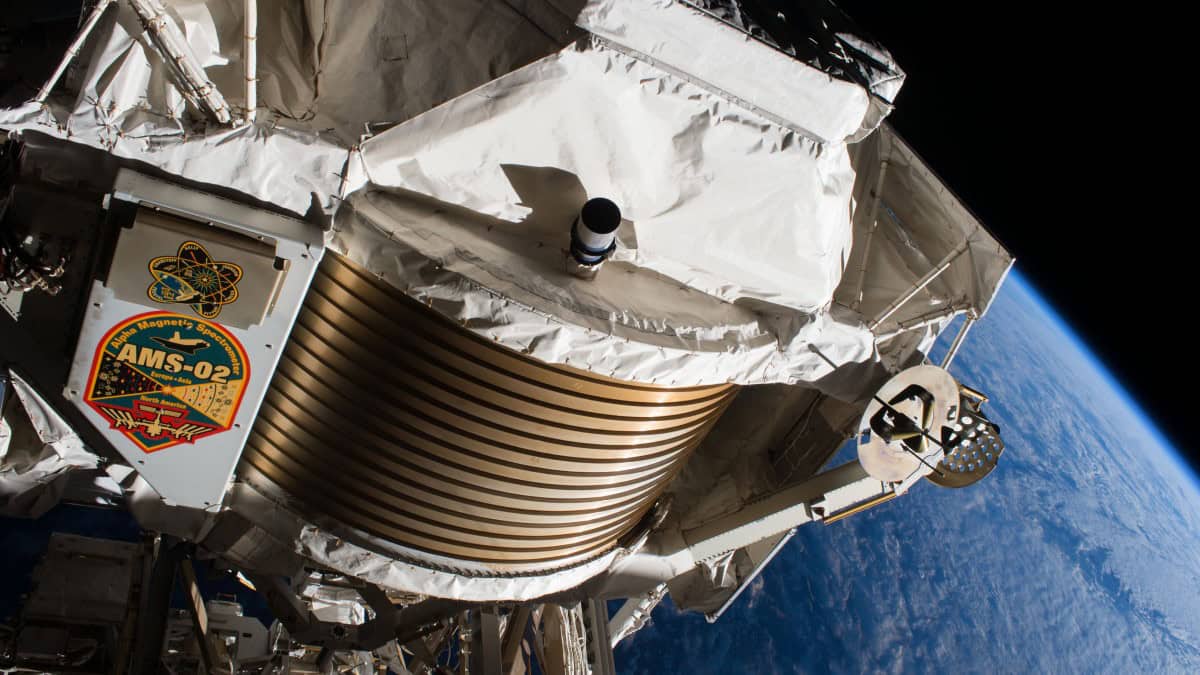NASA’s Hubble Space Telescope has provided new insights into the young star FU Orionis, located in the constellation Orion. Observations have uncovered extreme temperatures in the inner region of its accretion disk, challenging current models of stellar accretion. Using Hubble’s Cosmic Origins Spectrograph and Space Telescope Imaging Spectrograph, astronomers captured far-ultraviolet and near-ultraviolet spectra, revealing the disk’s inner edge to be unexpectedly hot, with temperatures reaching 16,000 kelvins—almost three times the Sun’s surface temperature.
A Star’s Bright Outburst Explained
First observed in 1936, FU Orionis became a hundred times brighter in months and has remained a unique object of study. Unlike typical T Tauri stars, its accretion disk touches the stellar surface due to instabilities. These are caused by the disk’s large mass, interactions with companion stars, or material falling inwards. Lynne Hillenbrand, a co-author from Caltech, in a statement said that the ultraviolet brightness seen exceeded predictions, revealing a highly dynamic interface between the star and its disk.
Implications for Planet Formation
As per a report by NASA, the study holds significant implications for planetary systems forming around such stars. The report further quoted Adolfo Carvalho, lead author of the study, saying that while distant planets in the disk may experience altered chemical compositions due to outbursts, planets forming close to the star could face disruption or destruction. This revised model provides critical insights into the survival of rocky planets in young star systems, he further added.
Future Investigations on FU Orionis
The research team continues to examine spectral emission lines in the collected data, aiming to map gas movement in the star’s inner regions. Hillenbrand noted that FU Orionis offers a unique opportunity to study the mechanisms at play in eruptive young stars. These findings, published in The Astrophysical Journal Letters, showcase the ongoing value of Hubble’s ultraviolet capabilities in advancing stellar science.







